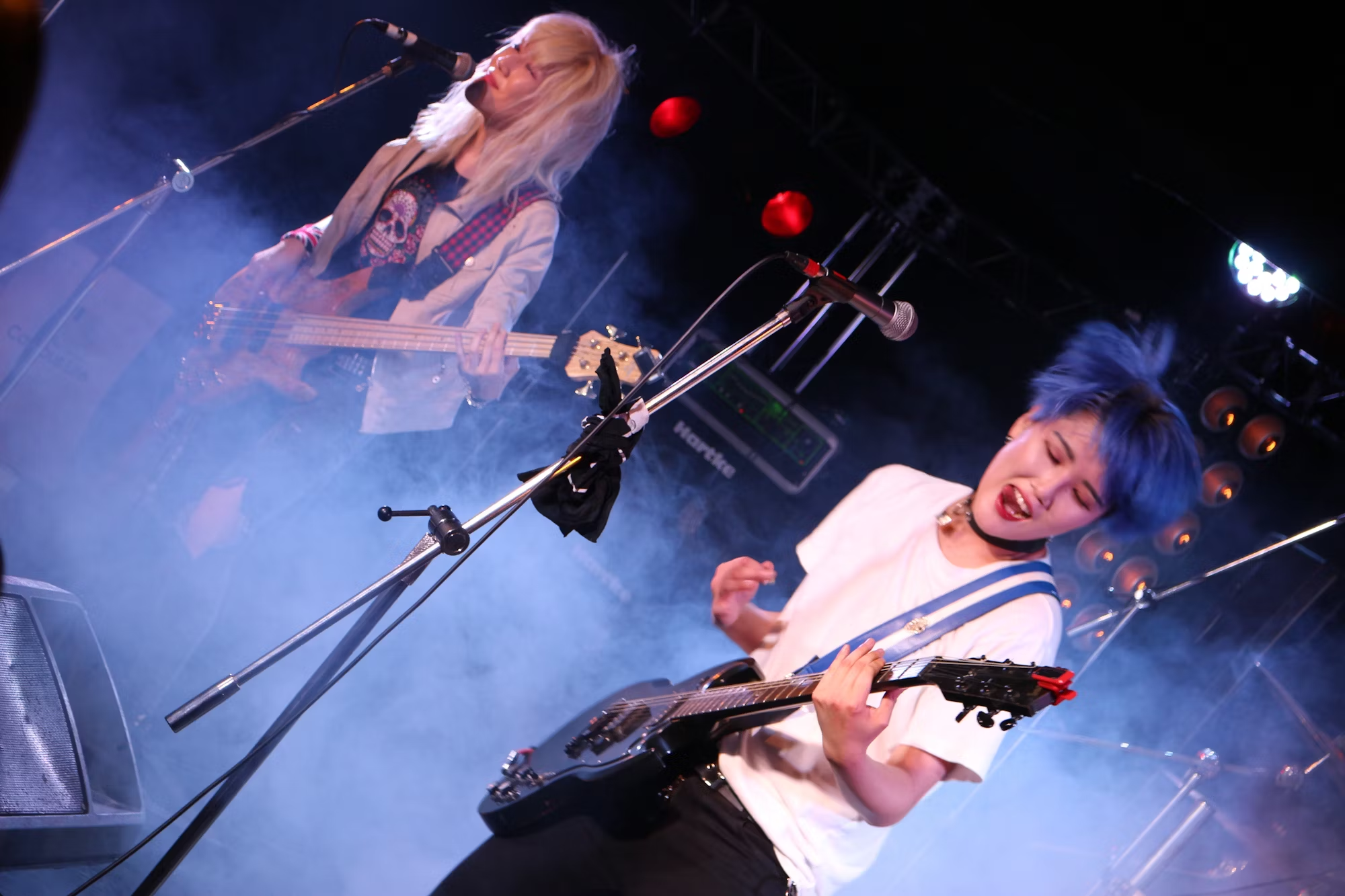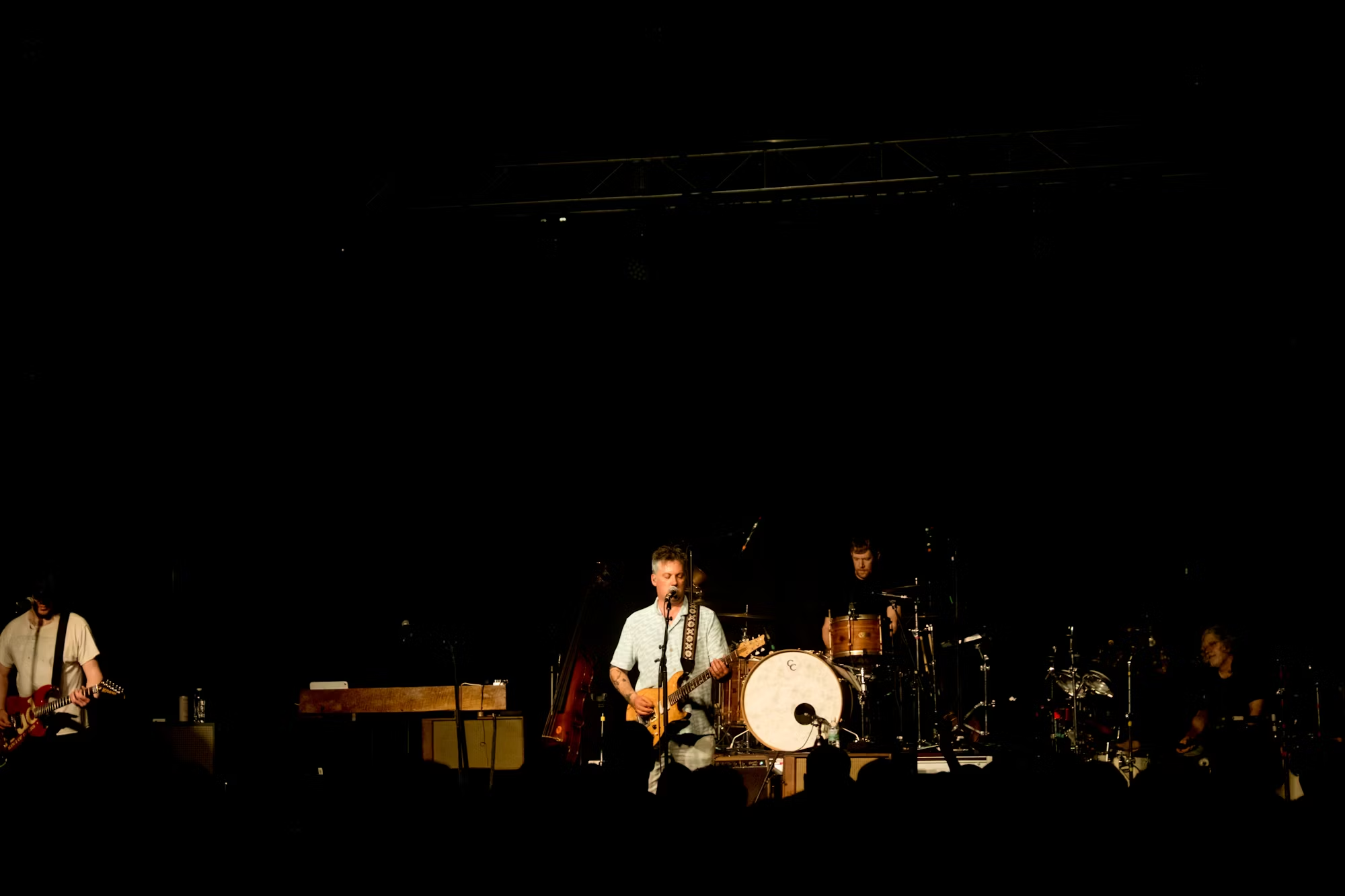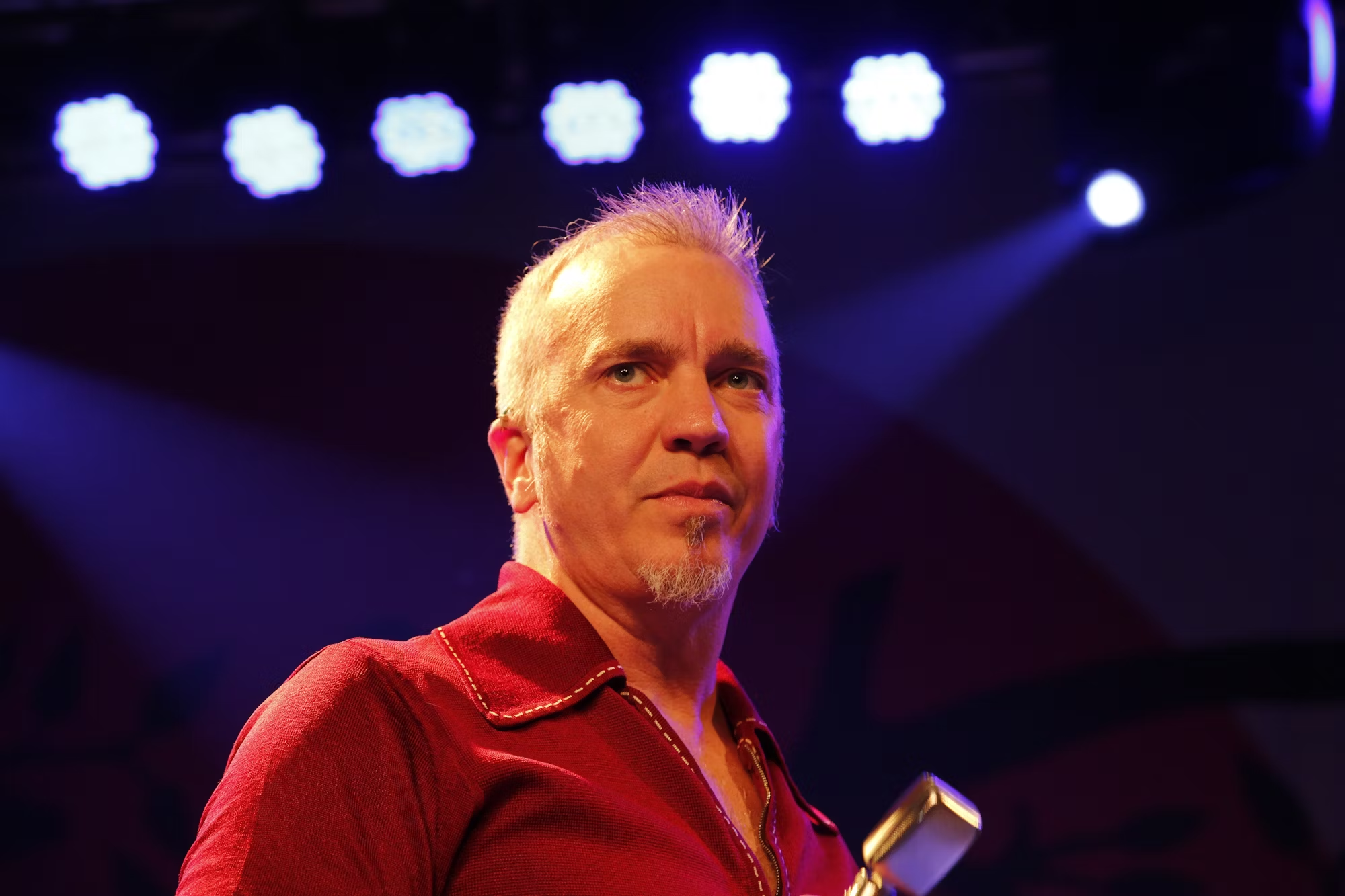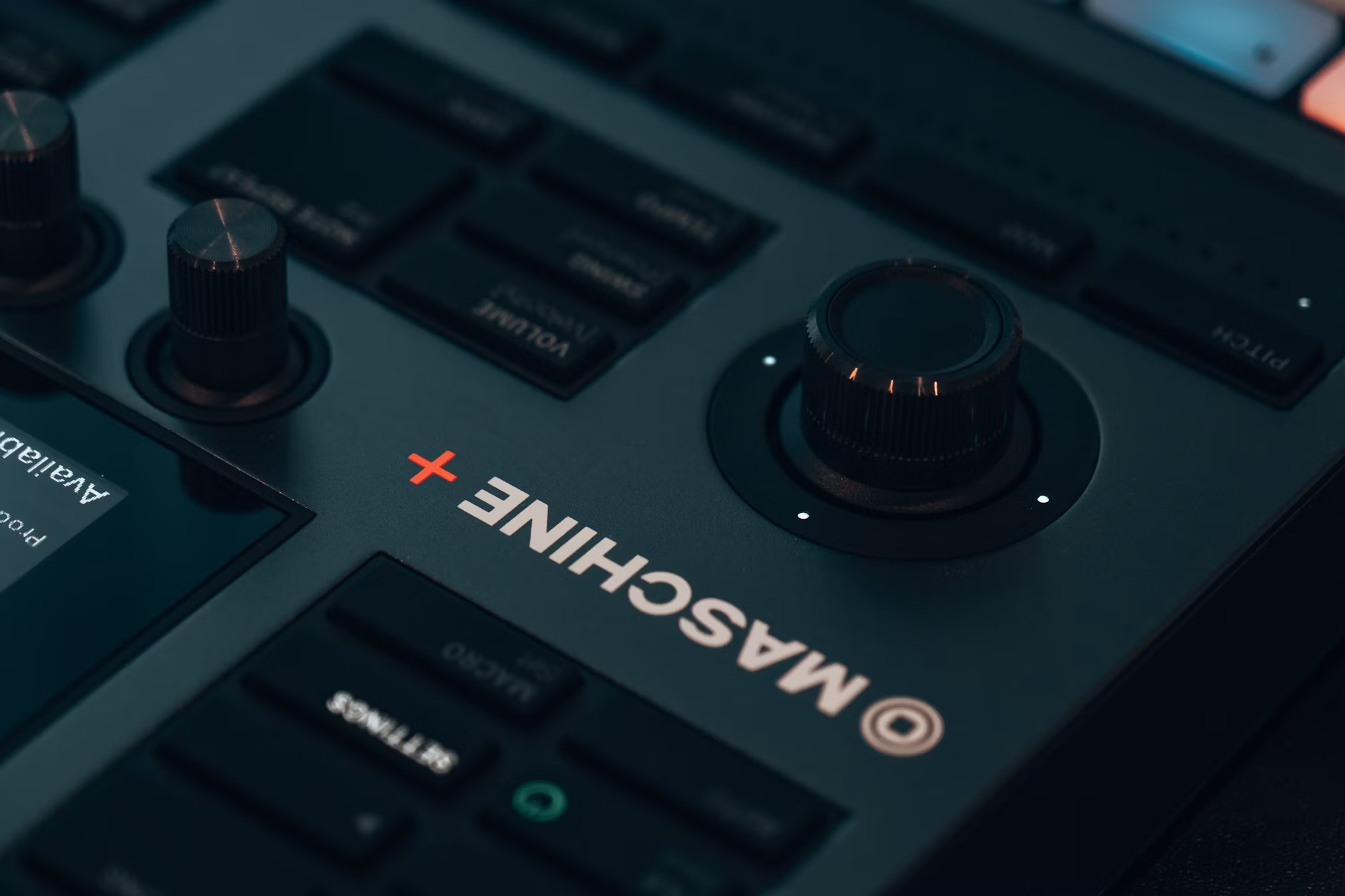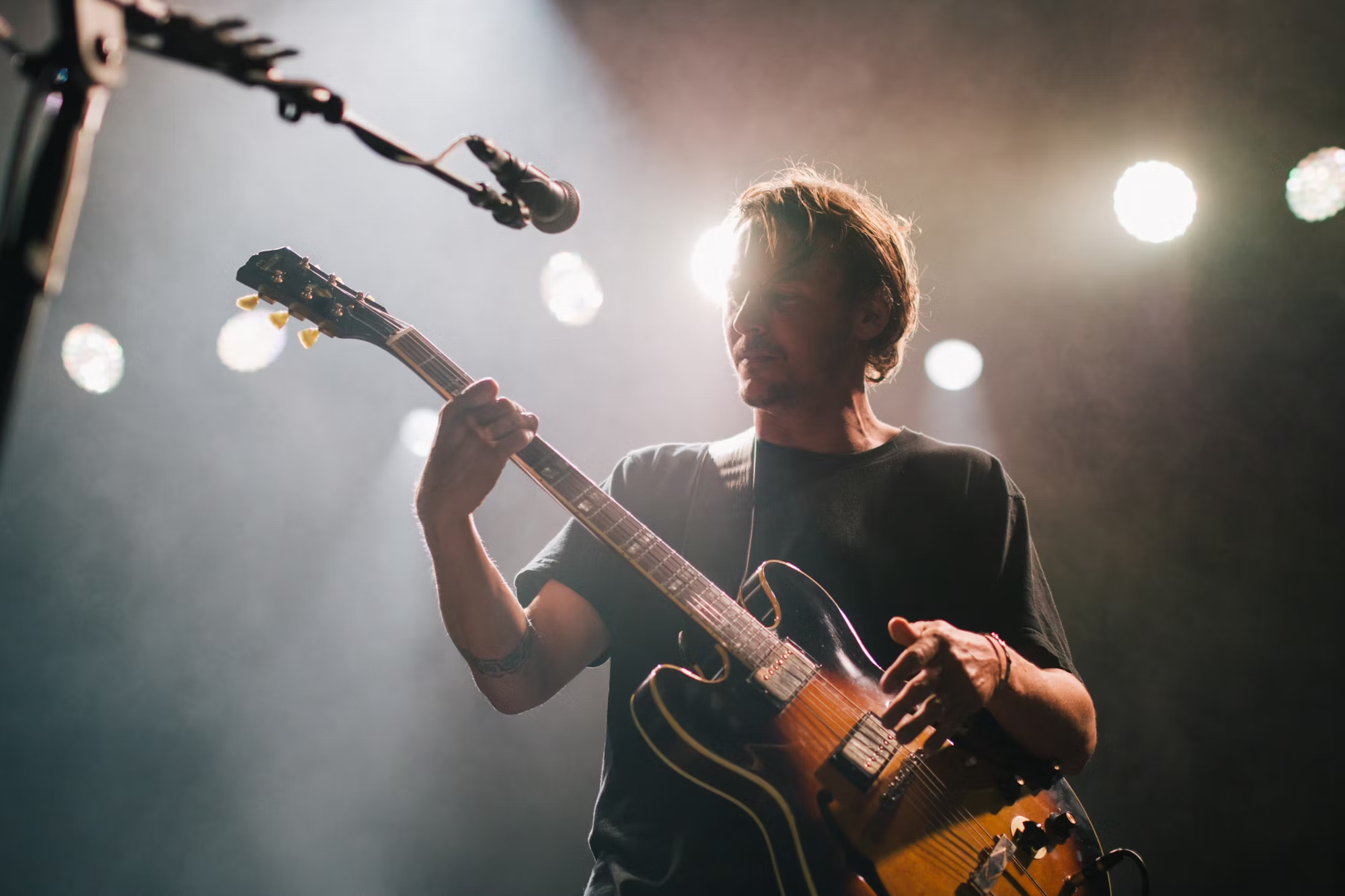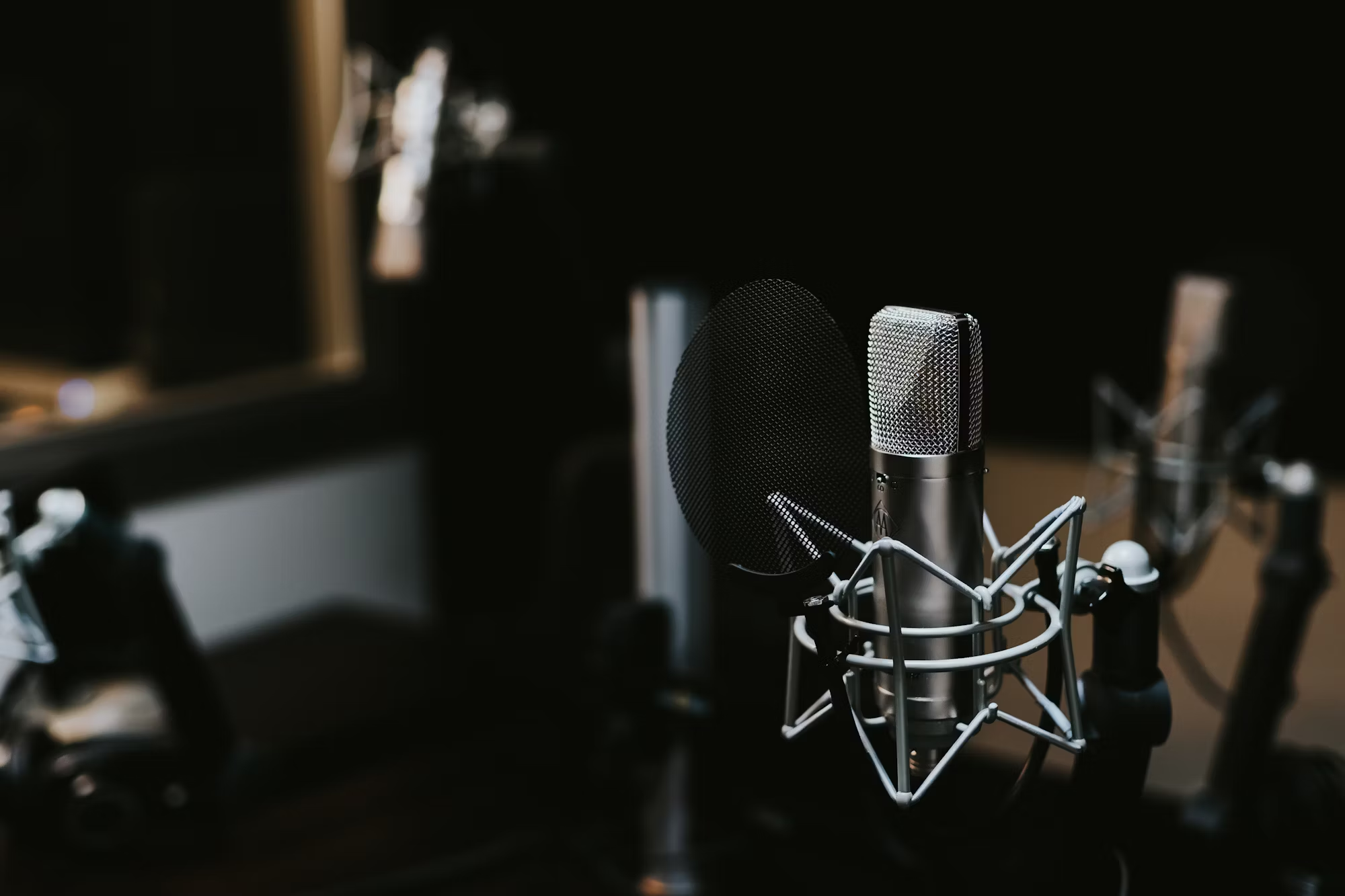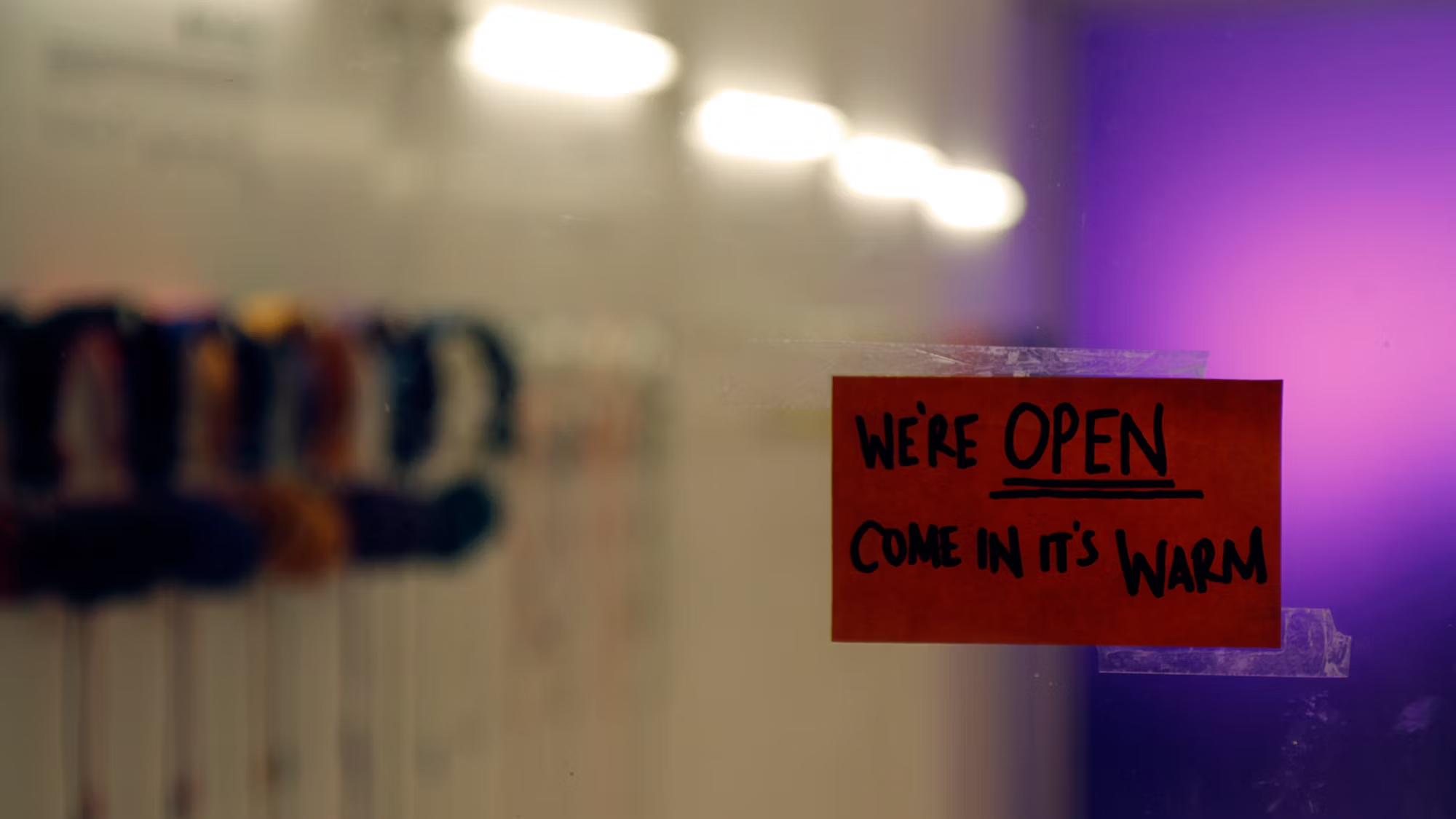The guitar is a universal instrument that transcends geographical boundaries, weaving its way into the fabric of cultures around the world. Each region has developed its own unique styles and techniques, enriching the global music landscape. This article explores the rich tapestry of world guitar music, highlighting various genres, their origins, and the prominent artists who have brought them to life.
Beginning with classical guitar, this genre has its roots in European traditions and is characterized by intricate fingerpicking and expressive melodies. Composers like Francisco Tárrega, Fernando Sor, and Mauro Giuliani laid the foundation for modern classical guitar repertoire. Tárrega’s famous piece, “Recuerdos de la Alhambra,” exemplifies the beauty of the instrument, utilizing tremolo techniques to evoke the ambiance of Spanish landscapes. The classical guitar not only showcases technical proficiency but also serves as a medium for emotional storytelling, connecting audiences with profound musical narratives.
As we transition to acoustic guitar, the folk traditions of various cultures come to the forefront. In the United States, the acoustic guitar has played a pivotal role in the folk music revival of the 1960s, with artists such as Bob Dylan and Joan Baez bringing social issues to the public’s attention through their songs. Dylan’s intricate fingerstyle playing and poignant lyrics in tracks like “Blowin’ in the Wind” have made him a pivotal figure in American music, demonstrating the guitar’s ability to amplify voices and inspire change. Baez’s soft yet powerful interpretations further highlight the intimate connection between the artist and the audience, solidifying the acoustic guitar’s place as a storytelling instrument.
Moving beyond American folk, we encounter the intricate world of flamenco music, deeply rooted in Spanish culture. Flamenco guitarists like Paco de Lucía and Vicente Amigo have elevated this genre, showcasing its emotional depth and technical demands. De Lucía’s passionate playing, as seen in pieces like “Entre Dos Aguas,” illustrates the complex rhythms and vibrant melodies characteristic of flamenco. The percussive elements of flamenco guitar, combined with its rich improvisational nature, allow for a dynamic performance style that captivates audiences worldwide.
The electric guitar emerged in the 20th century, transforming the music industry with its ability to produce powerful sounds and diverse tones. Rock and roll, as popularized by pioneers like Chuck Berry and Elvis Presley, showcased the electric guitar’s role in shaping popular music. Berry’s catchy riffs in songs such as “Johnny B. Goode” became anthems of a generation, inspiring countless guitarists with their infectious energy. As rock evolved, so did the techniques used by guitarists. Legends like Jimi Hendrix and Eric Clapton pushed the boundaries of electric guitar playing, incorporating feedback, distortion, and intricate solos that redefined the genre. Hendrix’s iconic performances of songs like “Purple Haze” remain emblematic of the electric guitar’s expressive capabilities.
The blues genre, closely intertwined with rock music, has its own distinctive style and technique. B.B. King, often referred to as the king of blues guitar, brought his unique approach to string bending and vibrato, creating a sound that resonates with raw emotion. His classic track, “The Thrill Is Gone,” exemplifies how the blues guitar can evoke feelings of longing and heartache, establishing a profound connection with listeners. Stevie Ray Vaughan further revitalized the blues in the 1980s, blending rock elements with traditional blues, showcasing his exceptional skill in tracks like “Pride and Joy.”
Jazz guitar presents yet another facet of guitar music, emphasizing improvisation and complex harmonies. Pioneers like Django Reinhardt and Wes Montgomery have shaped the jazz guitar landscape with their innovative techniques. Reinhardt’s gypsy jazz style, marked by rapid tempos and intricate chord progressions, captivates audiences with its infectious rhythm. His seminal piece, “Minor Swing,” highlights the improvisational nature of jazz guitar, allowing musicians to express their individuality. Montgomery’s smooth, melodic playing and use of octaves in songs like “West Coast Blues” have influenced countless guitarists, showcasing the instrument’s versatility within the jazz genre.
Latin American guitar styles add another layer of richness to the global guitar narrative. Bossa nova, a Brazilian genre, blends samba rhythms with jazz harmonies, creating a soothing and sophisticated sound. Artists like João Gilberto and Antonio Carlos Jobim have popularized this style, with Gilberto’s iconic song “The Girl from Ipanema” embodying the relaxed elegance of bossa nova. The guitar’s role in this genre is essential, serving as both a rhythmic and melodic instrument that enhances the overall musical experience.
In the world of contemporary music, fingerstyle guitar has gained prominence, with artists such as Tommy Emmanuel and Andy McKee showcasing the instrument’s solo capabilities. Emmanuel’s energetic performances and incorporation of percussive techniques create a full-band sound, captivating audiences with his skillful arrangements. Andy McKee’s compositions, like “Drifting,” highlight the emotional depth of fingerstyle guitar, using harmonics and unique picking techniques to create lush soundscapes. These modern artists exemplify the ongoing evolution of guitar music, demonstrating that the instrument continues to inspire and innovate.
Experimental guitar techniques have also emerged, with artists seeking to redefine traditional sounds. Bands like Radiohead and Sonic Youth challenge conventional playing methods, incorporating effects and unconventional tunings to create unique soundscapes. This exploration of sound allows for an expanded understanding of what guitar music can be, inviting listeners into a realm of creativity and innovation.
Throughout the years, the guitar has maintained its status as a vital instrument in music, adapting to the changing landscape while retaining its emotional and expressive capabilities. The diverse styles and techniques explored in this article illustrate the guitar’s role in various cultures, showcasing how it serves as a powerful medium for self-expression. Each genre, from classical to contemporary, offers its own unique approach, contributing to the rich tapestry of global guitar music.
In conclusion, the world of guitar music is vast and diverse, encompassing a wide range of styles, techniques, and cultural influences. From the intricate melodies of classical guitar to the vibrant rhythms of flamenco and the electrifying energy of rock, the guitar remains a beloved instrument that continues to inspire musicians and audiences alike. As new generations of guitarists emerge, the legacy of this instrument will undoubtedly evolve, inviting all to explore its endless possibilities.
